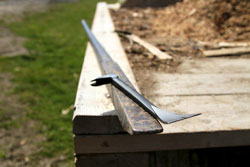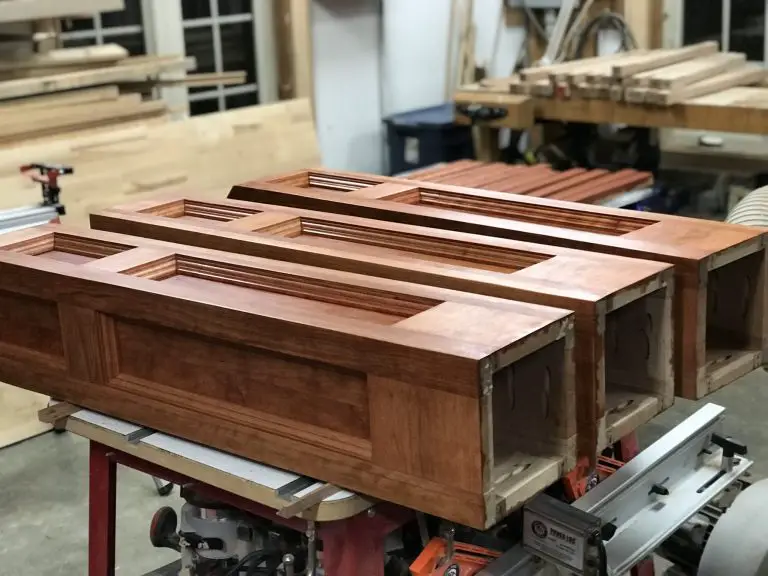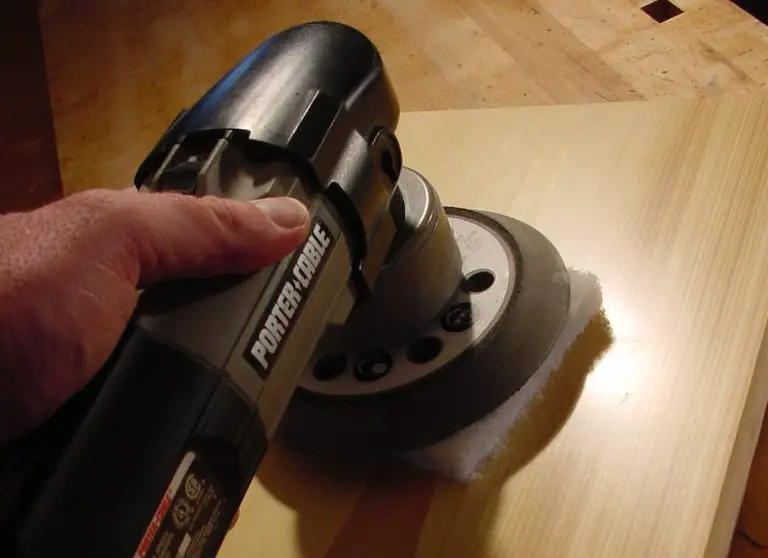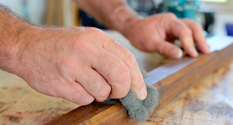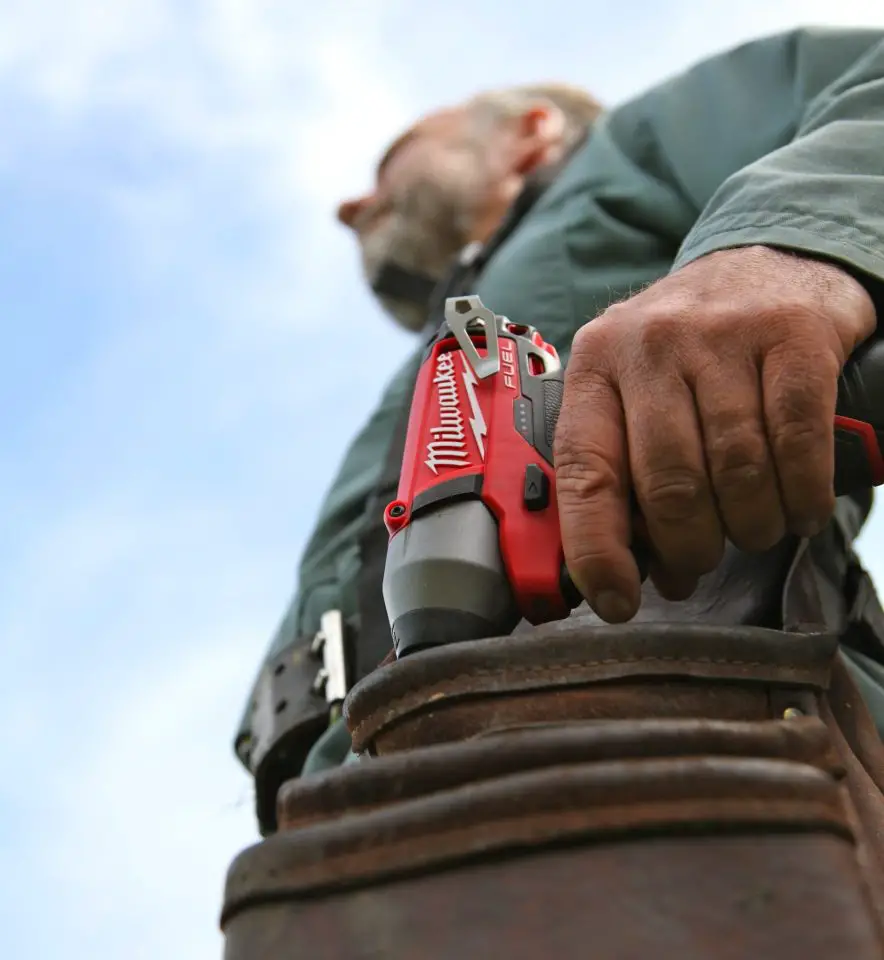
High-end tools are usually the cheapest option financially. I know this sounds strange, and perhaps that’s why so few people seem to understand this fact. The problem is especially bad with do-it-yourselfers and their tendency to buy the cheapest tools they can find. The market responds to this, driving down tool quality in an ongoing race to the bottom in many areas of the non-professional tool market. Let me explain by telling you a story about the opposite end of the spectrum.
A True Tool Story
Back in 1987, I realized I needed an electric circular saw. I’d seen my dad struggle with economy priced power tools all my life, and I’d learned that sometimes bargains are no bargains at all. So that’s why I bought the best circular saw I could find. It was a Milwaukee worm-drive model and it cost $375 at the time, which is worth more than $800 in today’s money. That was a lot of dough then and it’s even more money now, relatively speaking, since tool prices have dropped across the board – even the cost of the best tools. Friends of mine who saw the tool when I bought it figured I’d gone crazy. Why would I spend so much money on a saw when something that costs half as much would cut wood just as well?
That phrase “just as well” is something that I rarely find true. You really do get what you pay for when it comes to power tools, and not just in terms of long life. You can do better work with better tools, too. It’s simple.
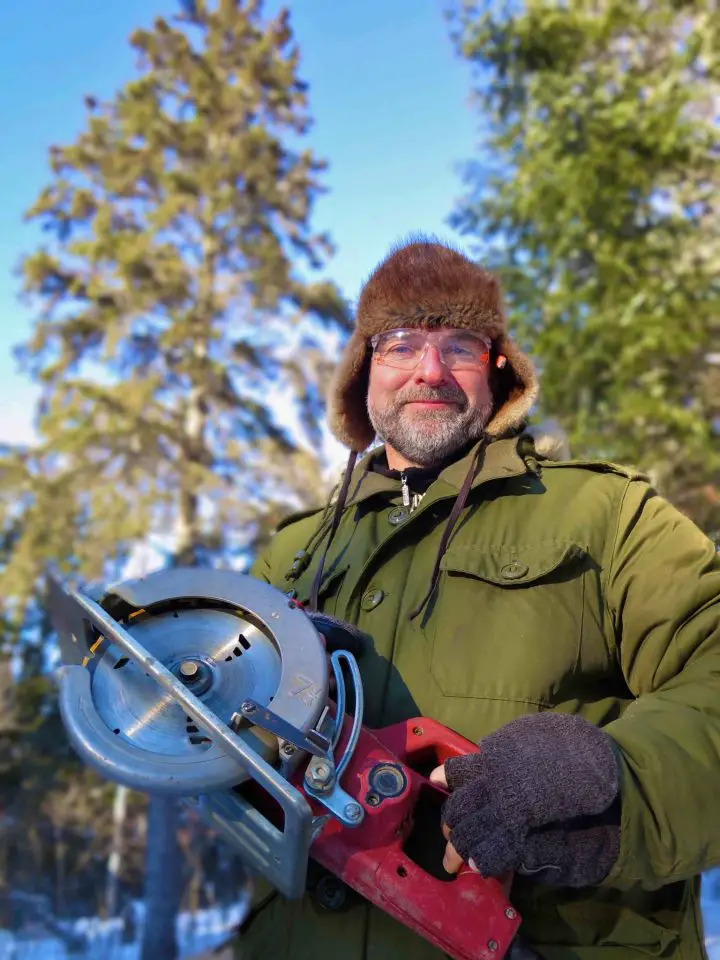
The photo above was taken 28 years after I bought that great big Milwaukee worm drive saw. I’ve use this tool professionally, and for a whole lifetime’s worth of DIY projects. This tool has fallen from great heights and survived perfectly. It’s cut heavy, green, high moisture wood for hours on end – a job that I know burns out lesser tools. The Milwaukee is completely rebuildable, with easy-to-change brushes and a hefty, confidence-inspiring feel. So, was I really so extravagant as it seemed when I bought a circular saw that was more tool that is absolutely necessary for my work? I don’t think so, and a little math tells the story.
Cost Per Year Analysis
Plug that $375 price tag into an online inflation calculator and you’ll find that the cost in current dollars is $873.03 in 2025. Divide this costs by the 38 years I’ve owned the saw, and it works out to $22.97 per year. That’s a pretty cheap price in my book – almost insignificantly cheap. And in exchange I’ve enjoyed a very powerful, precise and capable tool whenever I need it. It’s something I’ve been able to count on, and it’s never let me down. I seen this dynamic repeat itself over and over. The best quality tools are usually the cheapest in the long run and they perform the best. So why are manufacturers facing the challenge of having to dumb down their tools to meet consumer demand that so often seems interested in price alone? I think it comes down to timelines.
If all you’re thinking about is tackling the job at hand, or perhaps a few jobs out, then it’s easy to ignore the fact that the cheapest tools die pretty quick. But is a short timeline really the best way to build your capabilities and tool collection? I don’t think so. At least, it’s never worked out that way for me.
I haven’t always followed the “buy the best” philosophy when it comes to tools. There have been times, years ago, when I thought too highly of low prices and hoped too strongly in bargaintool designs. I don’t often make this mistake anymore. In fact, I can’t remember a single instance when I regret spending more than I needed to on tools. But I can certainly tell you about tools that I bought for too little money. It’s really true what they say: The disappointment of low quality sticks around a lot longer than the thrill of a cheap price.







